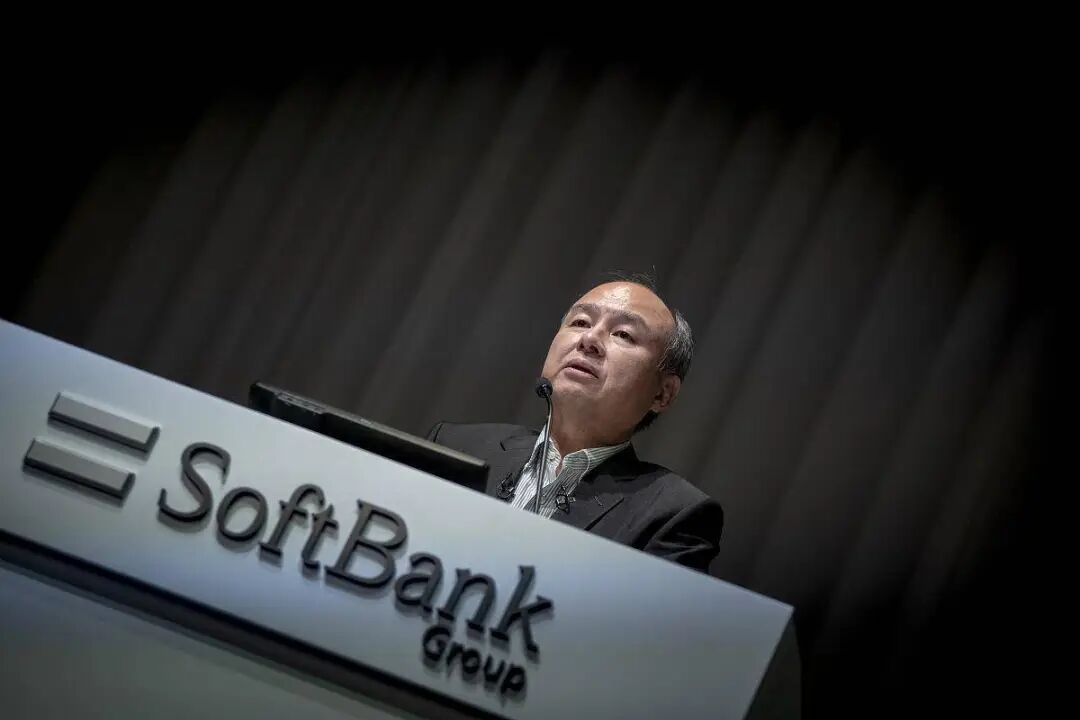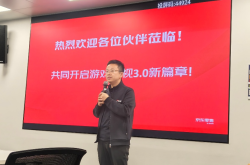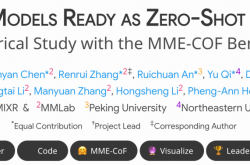Son Zhengyi's Massive Asset Reallocation: A Move Worth Hundreds of Billions
![]() 11/13 2025
11/13 2025
![]() 449
449

This article is crafted based on publicly accessible information, with the sole purpose of facilitating informational exchange. It should not be construed as any form of investment advice.

As the entire tech industry is engrossed in the AI frenzy, one of the most ardent AI advocates is quietly reshuffling his investment deck.
SoftBank Group's latest financial report reveals a record-breaking quarterly net profit of $16.2 billion, largely buoyed by the skyrocketing valuations of its AI investments, such as OpenAI.
However, beneath this surface-level exuberance, founder Son Zhengyi is rapidly converting his paper gains into hard cash.
In October 2025, SoftBank executed a series of significant asset realignments: it fully divested its 31.9 million NVIDIA shares, raising $5.8 billion; offloaded $9.2 billion worth of T-Mobile shares; expanded its margin loan facility for ARM from $13.5 billion to $20 billion; and secured an $8.5 billion bridge loan to underpin its investment commitment in OpenAI.
The timing of these strategic maneuvers is particularly noteworthy.
NVIDIA just clinched the title of the world's first company to surpass a $5 trillion market capitalization in October, solidifying its status as the linchpin of AI infrastructure. SoftBank had acquired approximately 5% of NVIDIA's shares in 2016 but sold them all in 2019. Had these shares been retained, they would now be worth over $210 billion.
Son once publicly lamented this as a 'missed big catch,' and now, at what could be a valuation peak, he has opted to part ways once again.
On the surface, this seems like a routine portfolio adjustment: transitioning from established chipmakers to transformative application-layer companies. Yet, a deeper dive into the capital flows unveils a more intricate web of interactions.
In the current AI ecosystem, capital circulates in a closed loop: investment firms inject capital into AI companies, which then utilize these funds to procure hardware like chips. Hardware suppliers, in turn, reinvest a portion of their profits back into AI companies, driving up their valuations and attracting further investment.
This cycle has forged a tight-knit capital network among entities like NVIDIA, OpenAI, SoftBank, Microsoft, and CoreWeave.
This model bears a striking resemblance to the 'circular financing' of the dot-com bubble era, where equipment makers and clients artificially inflated valuations through complex transactions, while genuine end demand remained speculative.
The magnitude of current AI investments is staggering. According to announcements, over $1 trillion will be funneled into AI infrastructure in the coming years. However, the efficiency of these investments in terms of output remains to be substantiated.
Take OpenAI as a case in point. Despite reaching a $500 billion valuation, the company anticipates $13 billion in revenue for 2025, with annual losses ranging between $5 billion and $7.8 billion. This implies that its valuation is 39 times its revenue, and the company has yet to achieve profitability.
More strikingly, recently, over 200 OpenAI employees cashed in through equity transfers, pocketing an average of $33 million each, while the company itself did not receive any new operational funds.
While announcing record profits, SoftBank's CFO Yoshimitsu Goto acknowledged the necessity to 'dispose of existing investment portfolios to secure financing,' revealing the practical quandary faced by 'paper billionaires': book profits cannot directly settle bills.
Son's investment career is marked by audacious bets, with legendary successes like Alibaba and 'life stains' like WeWork. His decision to exit NVIDIA at its market cap zenith has drawn scrutiny as to whether this signals a paradigm shift in his investment strategy.
Historical precedents indicate that technological revolutions invariably spawn market bubbles but also bequeath truly valuable long-term enterprises. During the dot-com bubble, companies like Amazon and Google ultimately rose to prominence, while numerous imitators were wiped out.
Son's asset reallocation offers invaluable insights for diverse market stakeholders:
For AI investors, the largest AI proponent reducing stakes in core hardware companies and pivoting to unprofitable application-layer firms may portend significant shifts in risk-return ratios.
For tech company employees, founders and early investors cashing out at exorbitant valuations may suggest that the market is approaching a cyclical peak.
For the broader market, the intricate capital cycles and asset liquidations amidst record profits exhibit hallmarks typical of the end of a market cycle.
While the long-term development prospects of AI are indisputable, whether current valuations fully encapsulate this future remains an independent query for every market participant.






